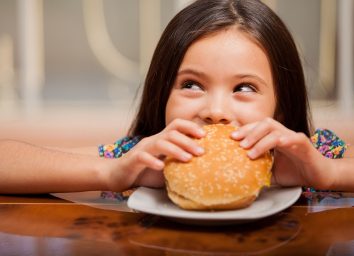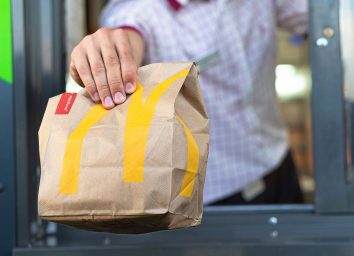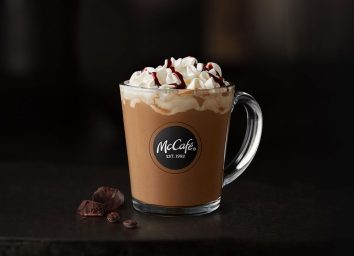5 Ways McDonald's Happy Meals Are Getting Healthier
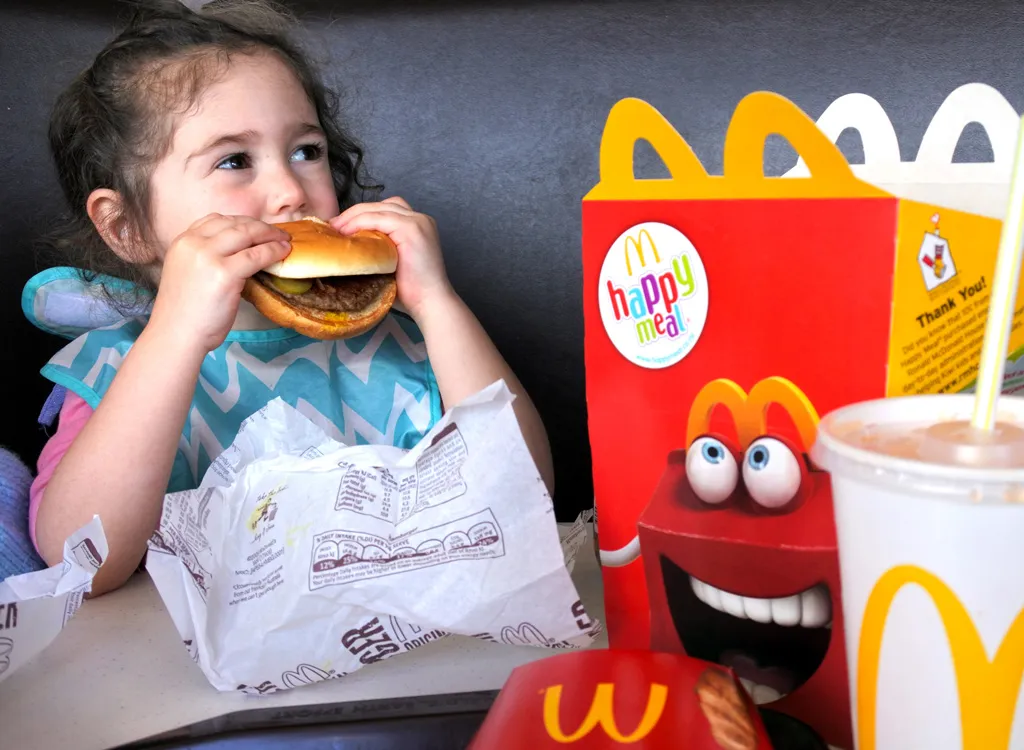
Seems the golden arches are on their way to earning a golden halo for their work in bringing nutritious food to kids everywhere. Since 2013, McDonald's has been making a concerted effort not only to make McDonald's Happy Meals healthier (starting by including apple slices in every order) but also to steer kids toward making healthier choices (starting with removing soda from all menu boards and advertising for the purpose of prompting an increase in orders of, well, anything but icky soda). Now, two years into a four-year plan to make Happy Meals even healthier, McDonald's is reporting it's well on its way.
Since it first announced its "Global Happy Meals Goals" in 2018, McDonald's has sold over 2.5 billion Happy Meal items containing fruit, vegetable, low fat dairy, water, lean protein or whole grains. "We're proud of the progress we've made in providing families around the world access to more balanced Happy Meal Menu options," says Julia Braun, McDonald's Director of Global Nutrition, "and we remain committed to using our size and scale to support children and families as we continue to evolve the Happy Meal."
Here's how McDonald's has been making their Happy Meals healthier and getting kids all over the world to crave healthier fast food (and here are 21 best healthy cooking hacks that you can use to make your home meals healthier.)
Offering balanced meals
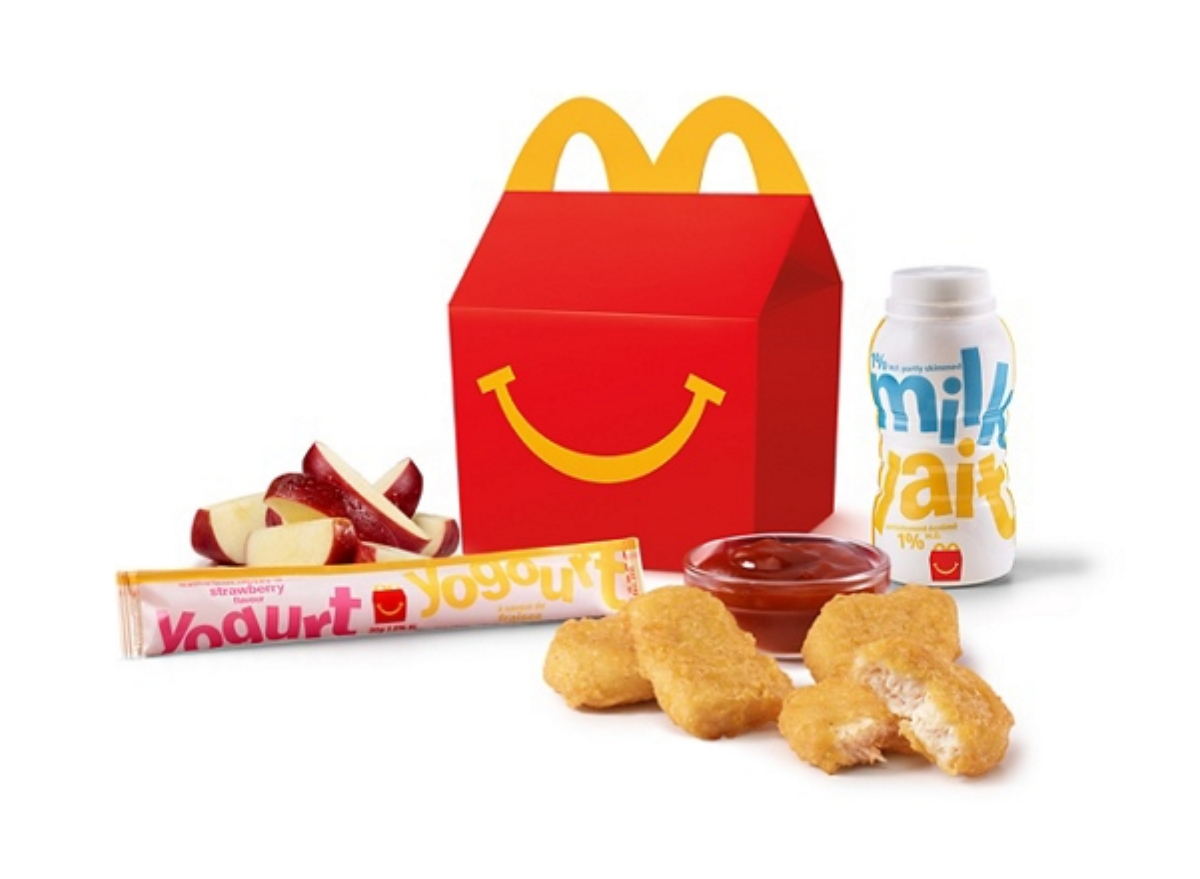
Working with nutrition experts, McDonald's established the first ever Global Nutrition Criteria for Happy Meals, with the goal of offering options that contribute to more in the way of fruits, vegetables, and low-fat dairy, and less in the way of sodium, sugar, and saturated fat. For example, Happy Meals in Poland include carrot sticks, and Happy Meals in Sweden offer falafel as a vegan option.
Simplifying the ingredients
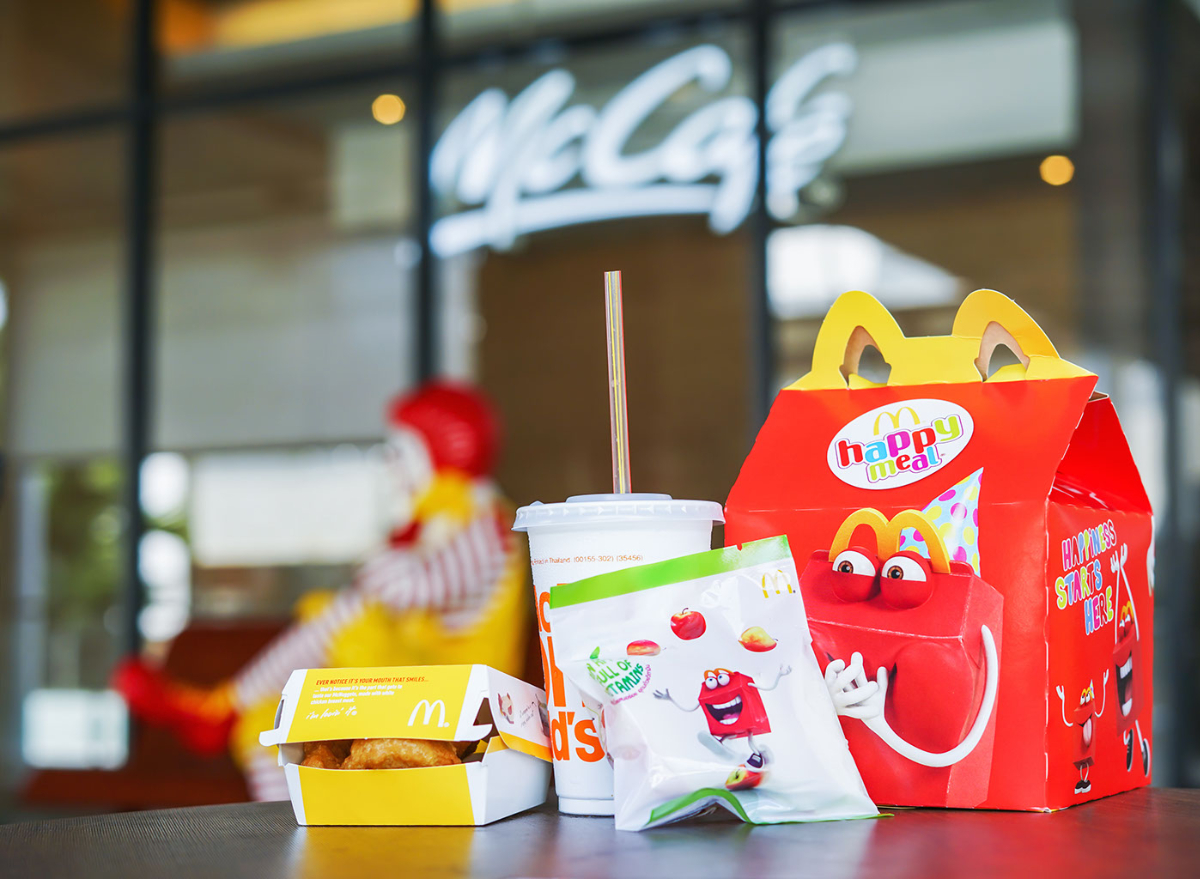
Some of the worst food additives would typically find their way into Happy Meals before 2018. But as of early 2020, 93 percent of Happy Meal menu items across Happy Meal's 20 major markets have no artificial flavors, added colors from artificial sources, or artificial preservatives that could be feasibly reduced. Here are the 16 foods in your own kitchen that could very well contain chemicals and food dyes.
Making nutrition info available
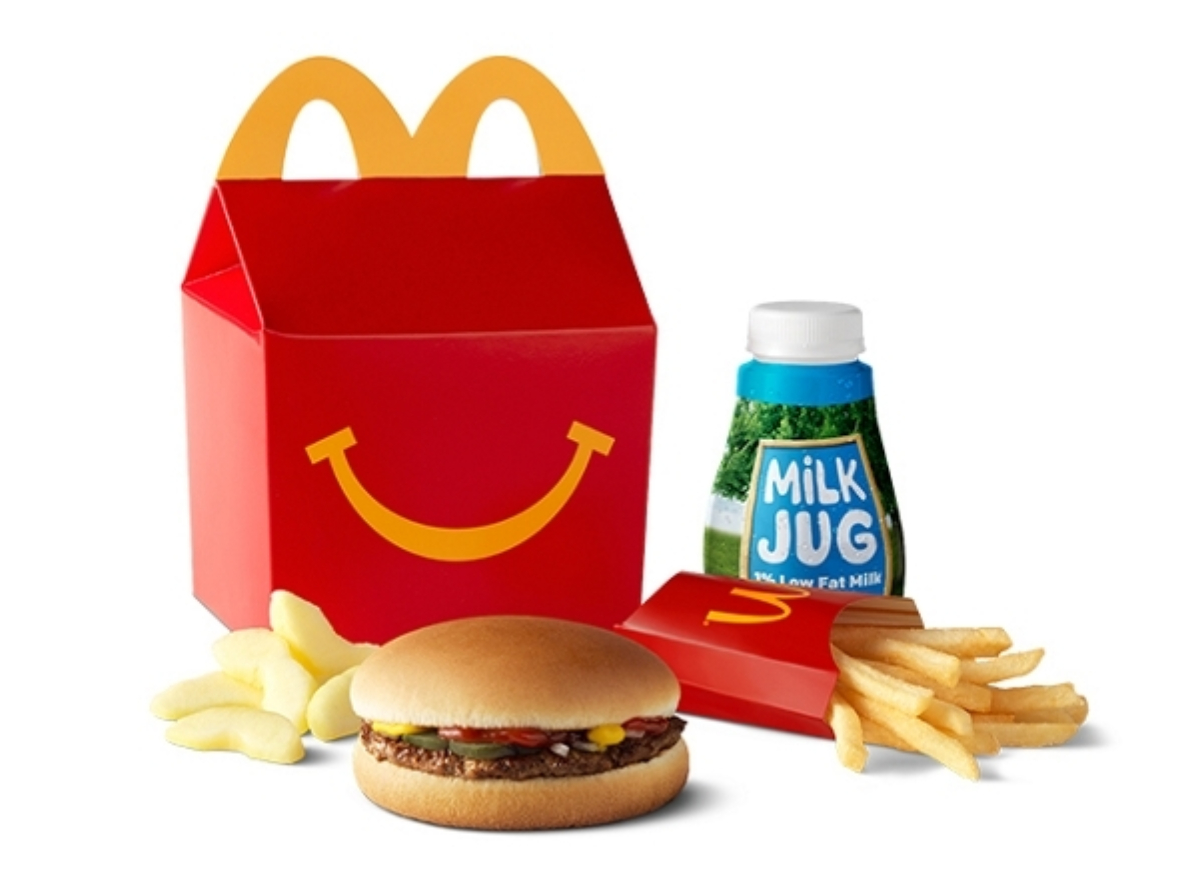
McDonald's understands that informed choices can only be made by informed customers. That's why they've prioritized aking nutrition information available to Happy Meal customers. In 2019, 60 percent of the 20 major markets provided complete Happy Meal nutrition information on McDonald's owned websites and mobile ordering apps used for ordering. Many other markets have partial information, with all working towards 100 percent transparency. Here are 20 tips for understanding nutrition labels.
Marketing Happy Meals responsibly
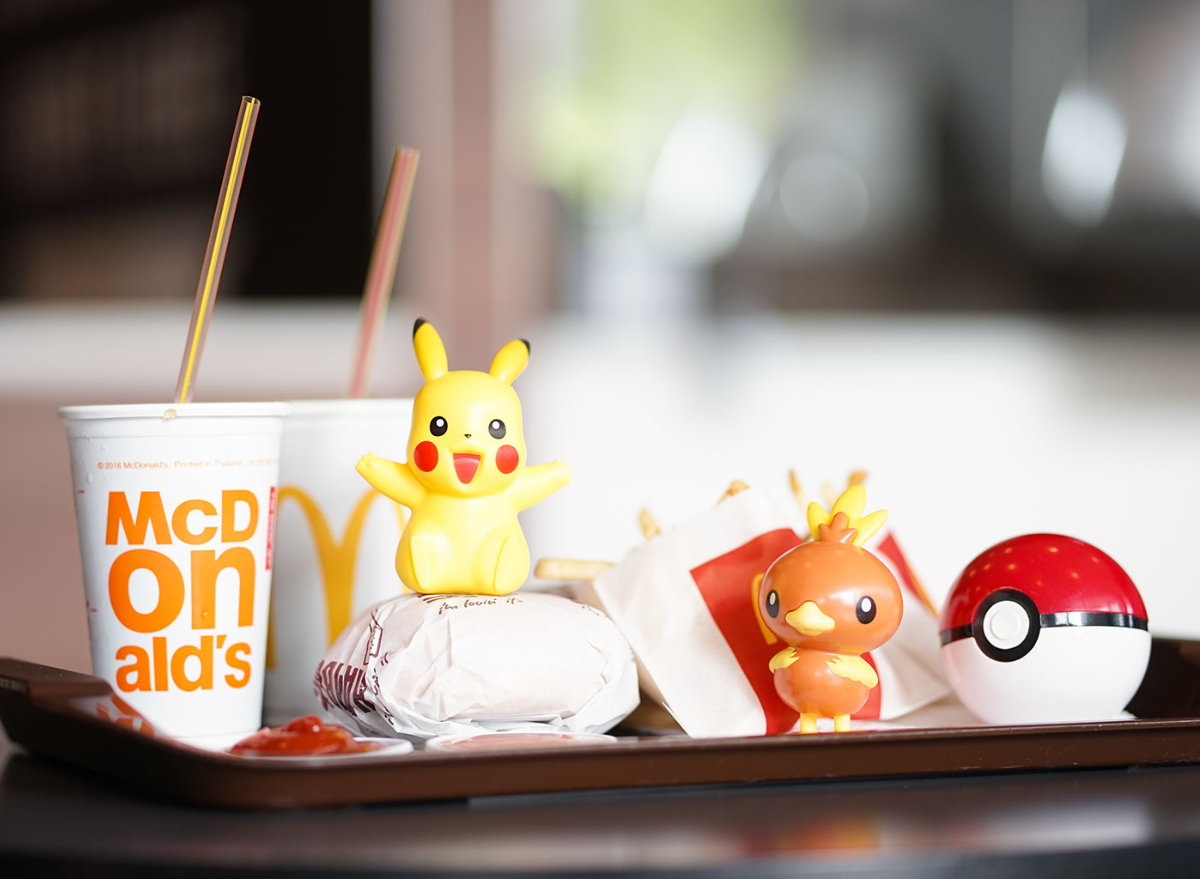
As of 2020, 100 percent of all ads shown to children across the 20 major markets for Happy Meals showed "healthy" menu items like water, milk, juice, or fruit. Currently, 83 percent of all Happy Meal advertising that is aimed at children in the 20 major markets fully meet the the Global Nutrition Criteria, but the company is actively working to bring it up to 100 percent before 2022.
Getting kids interested in healthier Happy Meal choices
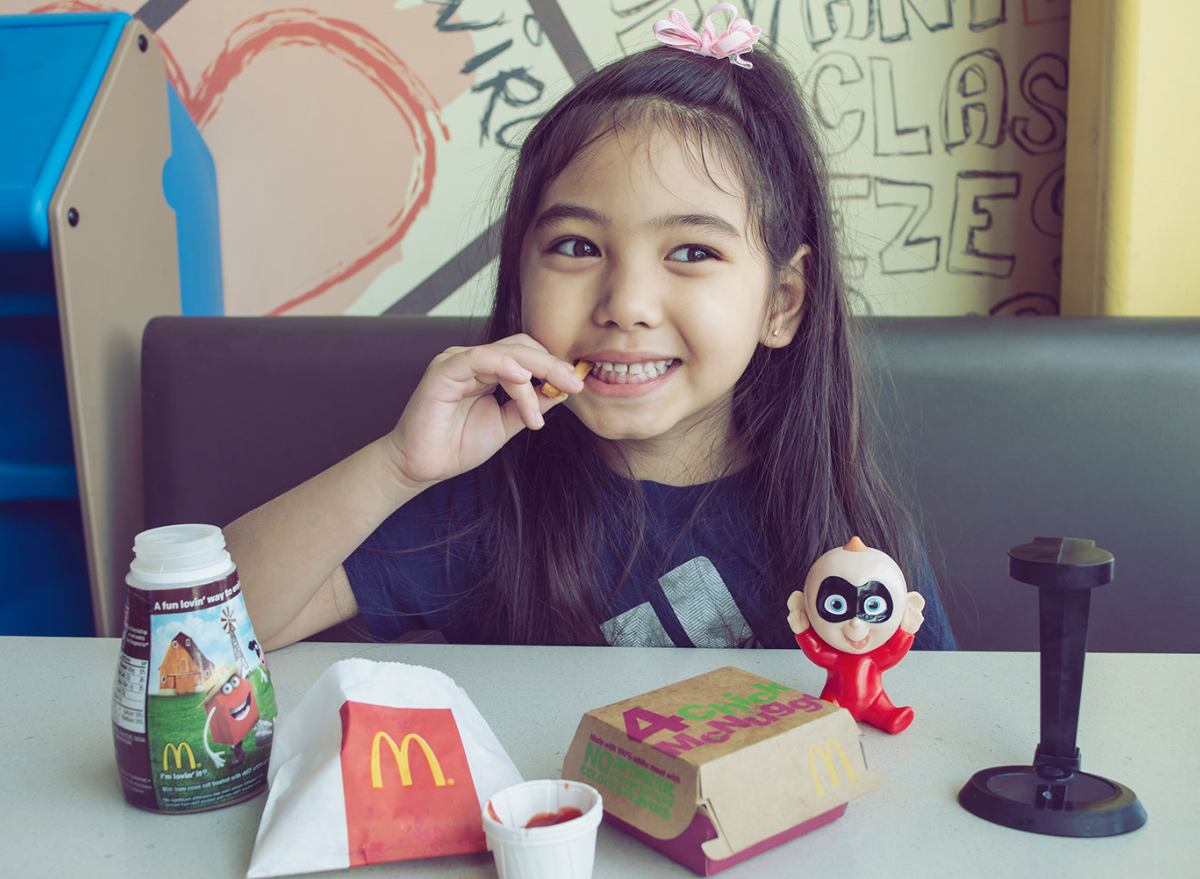
McDonald's has been using innovative marketing techniques to influence children to want to make healthier choices. For example, in 2019, McDonald's Spain changed its Happy Meal packaging to feature a gorgeous photo of melon slices. And guess what? The share of customers selecting melon slices has increased by 29%.
And for more, check out these 108 most popular sodas ranked by how toxic they are.
